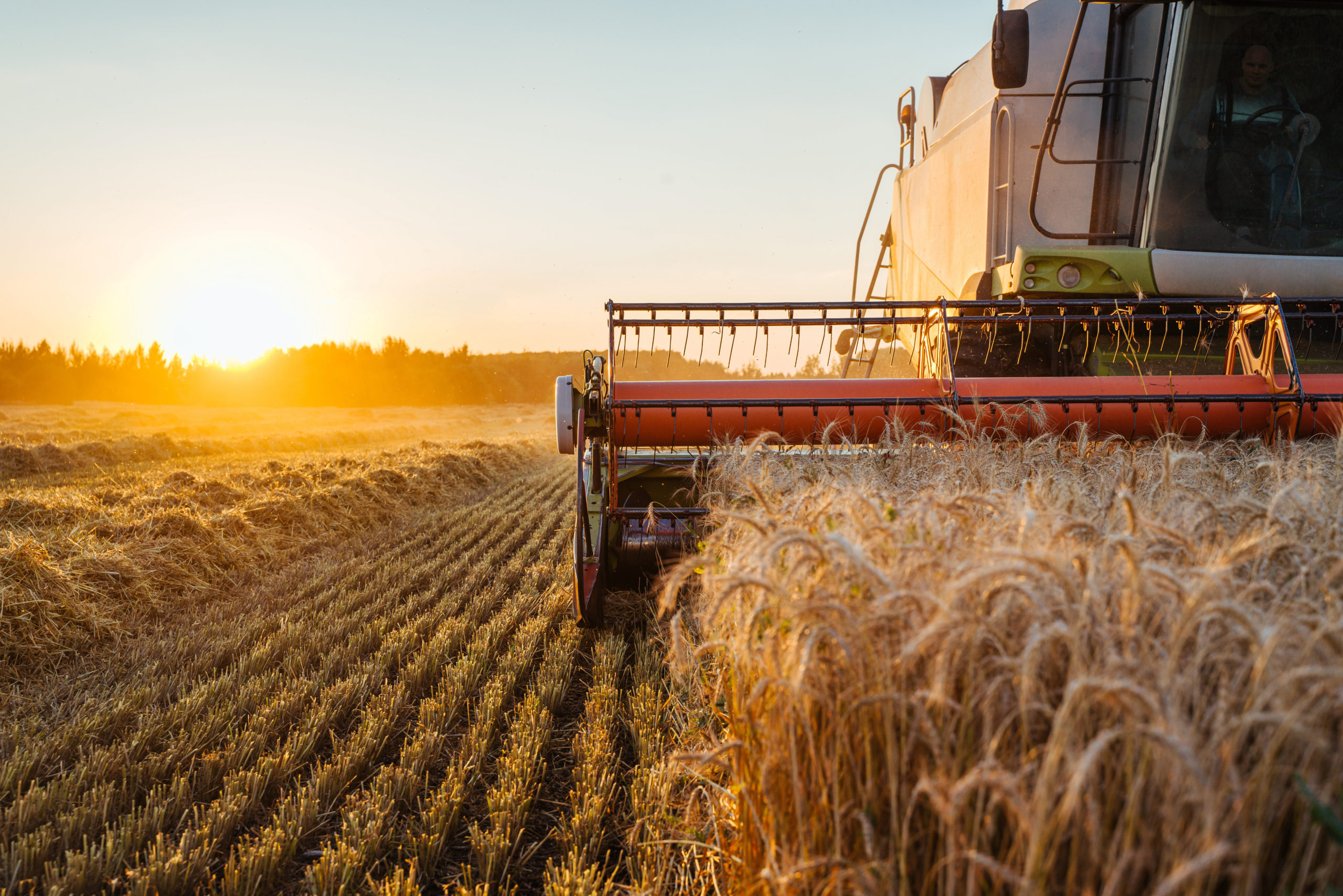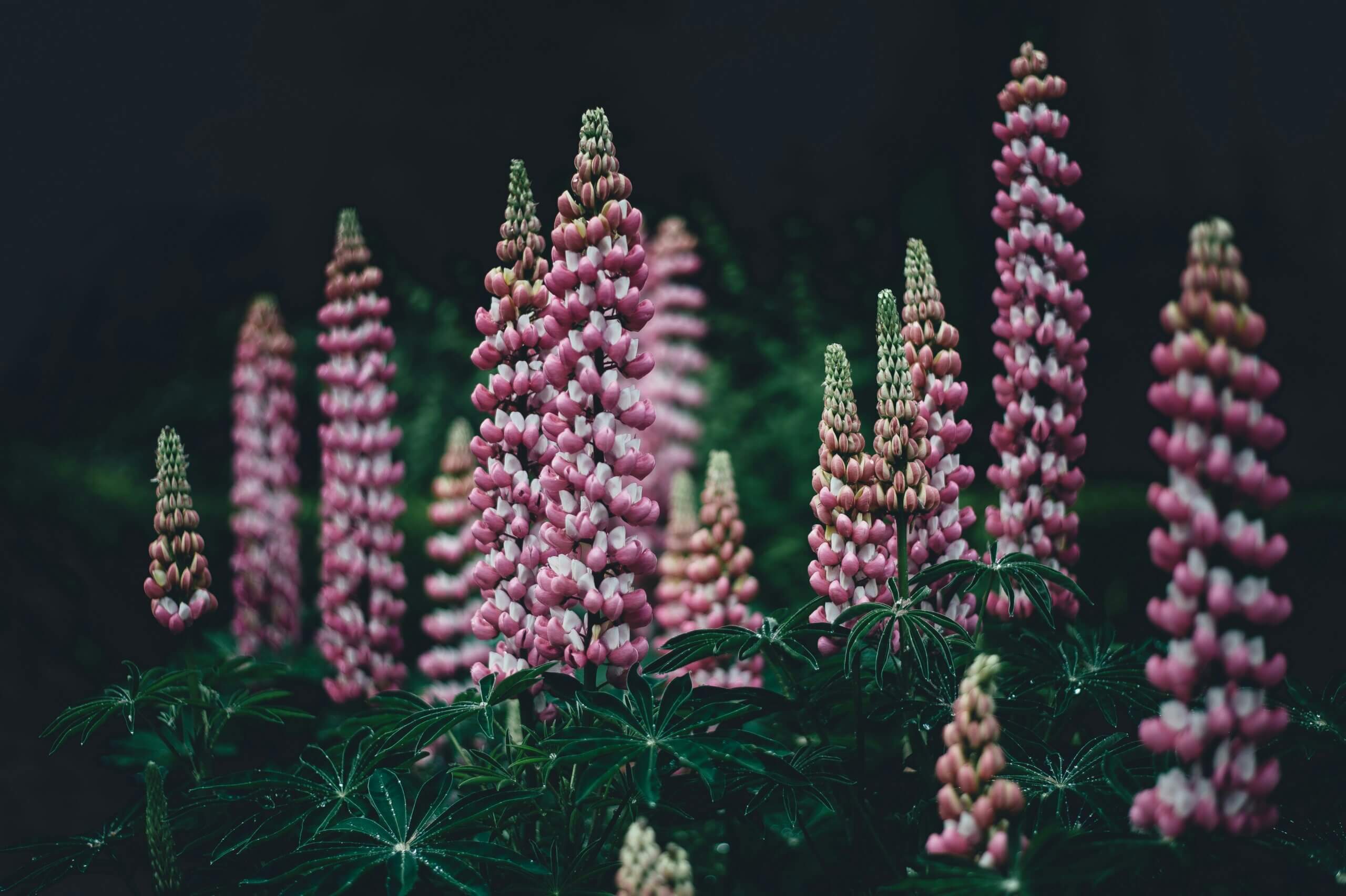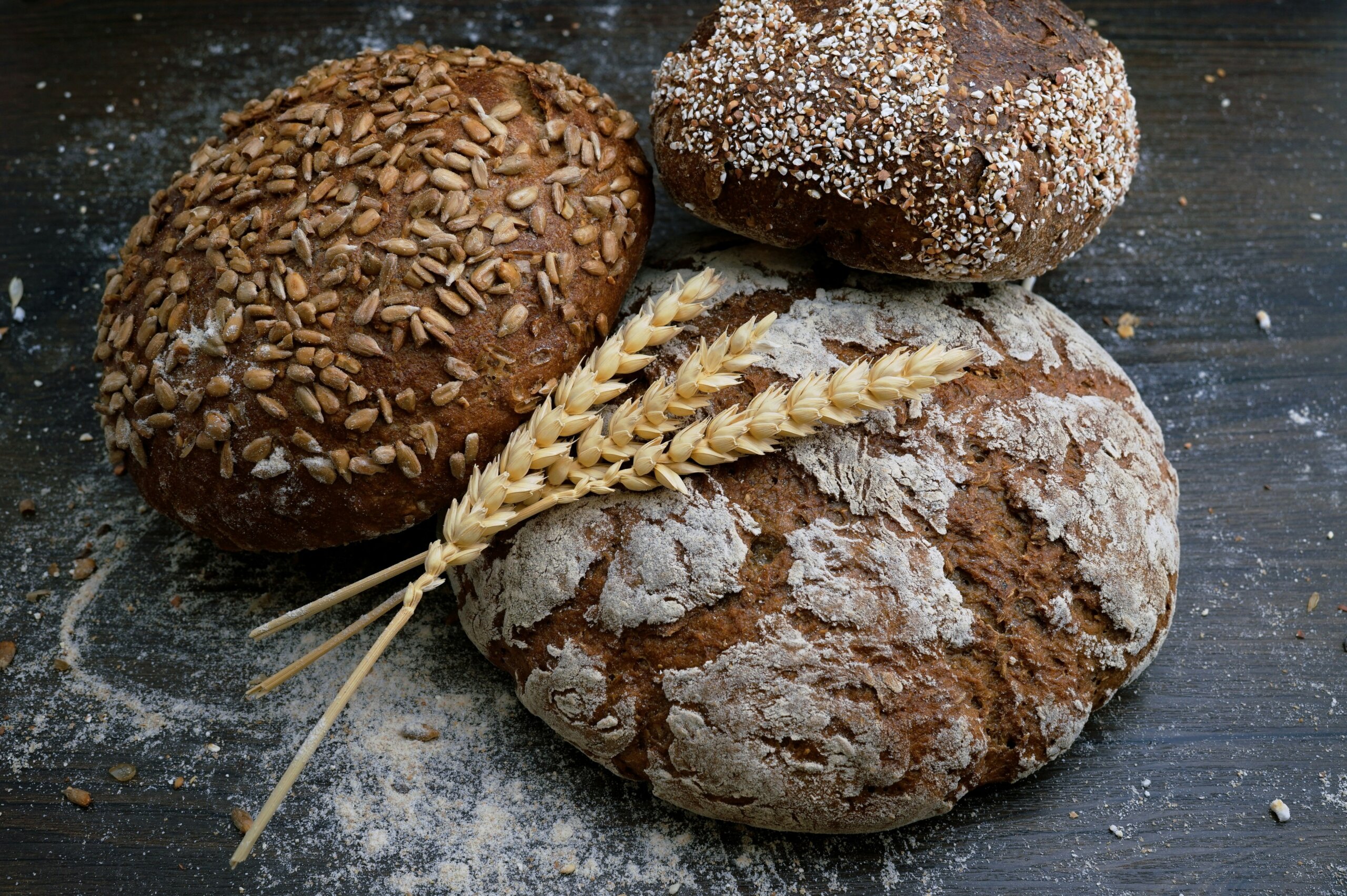Quinoa Seeds Market
Tagged as the best alternative to white rice, quinoa is a cereal crop, which is gluten-free, rich in protein, and a good source of fiber. Quinoa has more than 3,000 varieties with various colors and saponin levels. It can be segmented by black, red, and white quinoa seeds. While it is technically considered a seed, quinoa is also categorized as a pseudo-cereal or cereal. Compared to other cereal grains, quinoa has the highest nutritional rate with an average protein of 16%, a great source of omega 3, omega 6, fiber, and gluten-free.
Export and Import of Quinoa Seeds
The global quinoa seeds market for the forecast period of 2021-2026 is anticipated to reach a CAGR of 7.7%, with a value of USD1154.2 million by the end of 2026.
South America is the top producer of quinoa seeds globally, with Southern Peru and Northern Bolivia dominating the market. Both countries account for 90% of quinoa production. Peru and Bolivia accumulatively have 172,000 hectares of land dedicated to quinoa production only. Peru has the highest production of quinoa seeds, with a yearly average of 86k tons, while Bolivia at 70k tons. Following the leads are Chile, Colombia, and Ecuador. Both countries primarily produce organic quinoa products, which gives them the advantage as the demand for organic quinoa is higher than that of non-organic quinoa.
Quinoa has been a part of South American staple food, which adds to the increase of consumers worldwide. In Brazil alone, the consumption of quinoa products increases by 40% in 2020 as more consumers shift to vegan and non-animal product-based food. Quinoa further expects an increase in demand not only for its nutritional food value but also for its cosmetology value. The quinoa’s husk has been used by big brands like Loreal for its Kiehl’s Nightly Refining Micro-Peel Concentrate with the aim of refining the skin’s texture.
The top consumers and importers of quinoa seeds and their by-products are Europe and North America. The United States tops the largest importer at 53% of quinoa imports globally, followed by Canada at 15%, France at 8%, Netherland and Austria at 4% each. The numbers are increasing due to the consumers’ awareness of the product’s health and environmental benefits. Recent reports show that due to the increasing demand for quinoa seeds, other institutes are administering researches to develop varieties of quinoa seeds that could grow in temperate climates. In Saudi Arabia, for example, the King Abdulla University of Science and Technology (KAUST) has successfully mapped the genetic structure of quinoa. As a result, quinoa seeds can undergo genetic modification to increase the productivity and cultivation scale of the product, especially in the Middle Eastern countries, thereby meeting the demands of consumers.
Covid-19 Effect on Quinoa Seeds Market
Last year was not a favorable year for the quinoa market due to the pandemic situations. The Covid-19 directly affected not only the production of quinoa seeds but also the demands of both the domestic and international markets. It further disturbs the supply chain and trade activities, especially in the import and export department, which added to the decline of financial operations by firms and other markets.
Due to these factors, along with the continuous pandemic constraints at the end of the year, the market growth for quinoa seeds is expected to grow slowly. However, as more consumers are changing their lifestyles to a healthier diet, the demand for quinoa seeds will most likely rise, especially in European countries. Even so, it is to be noted that price fluctuations and chemical residue levels are hampering and limiting the increase of quinoa seeds production.


